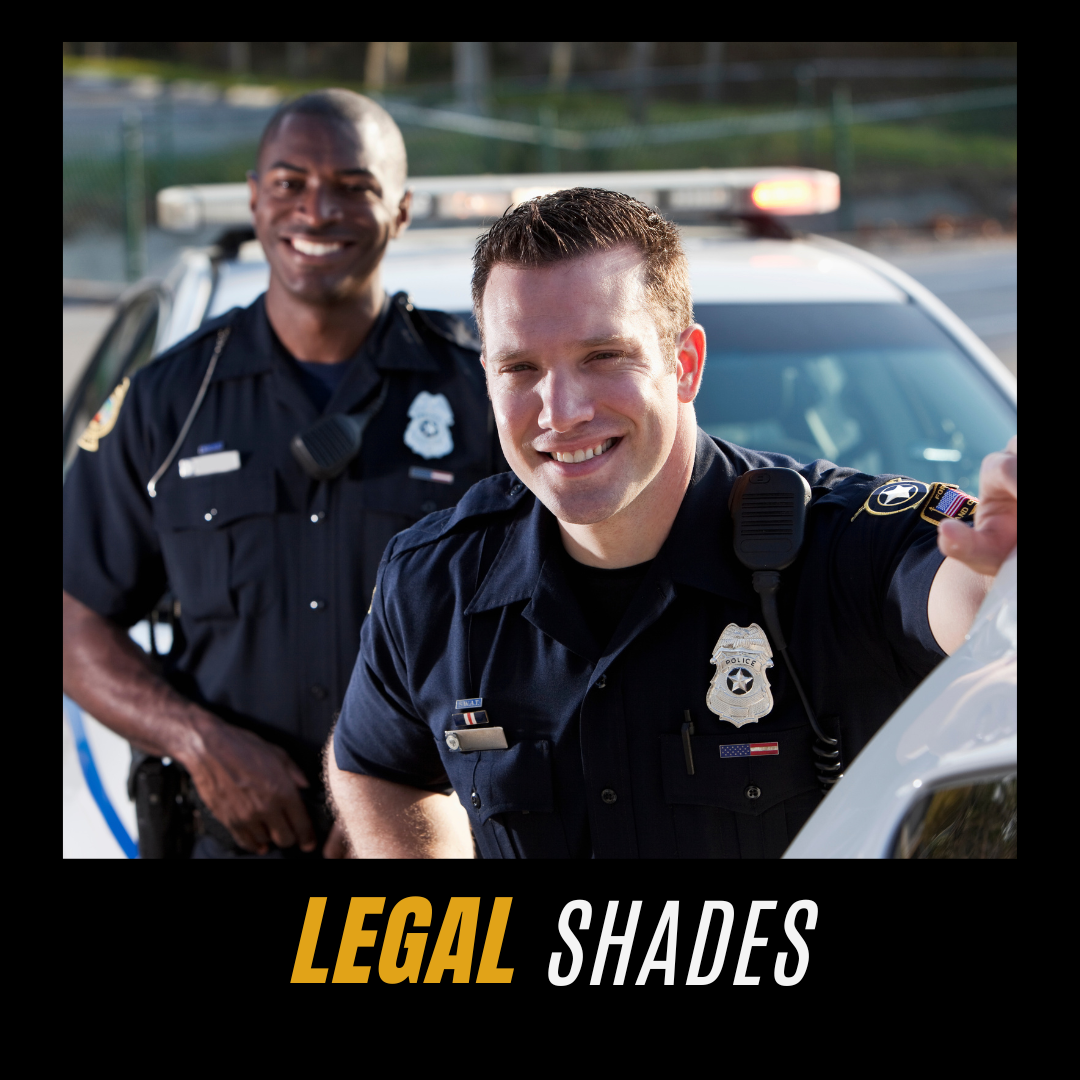
Understanding Ontario Window Tint Laws
Oscar GomezShare
Tinted windows are a popular modification for vehicles, providing a sleek appearance and added privacy. However, it’s essential to understand the rules and regulations surrounding window tinting to ensure both safety and compliance. In Ontario, while the regulations are relatively relaxed compared to other provinces, there are specific guidelines that vehicle owners must follow.
Legal Window Tint Ontario
- Rear Windows:
- Tinting your rear windows is legal in Ontario, and you have the freedom to choose the darkness level. Whether you prefer a subtle tint or a darker shade, it’s entirely up to you.
- Rear windows include both the rear side windows and the rear windshield.
- Front Windows:
- Ontario window tint laws become more specific when it comes to front windows.
- Windshield: Tinting the windshield is allowed only with 70%VLT, and any shade top sun strip. Clear visibility through the windshield is crucial for safety, as it allows drivers to make eye contact with pedestrians, cyclists, and other motorists.
- Front Side Windows: While the Ontario Highway Safety Act doesn’t provide specific VLT (Visible Light Transmission) percentages, it recommends avoiding substantial tinting on front side windows. A maximum darkness of 35% VLT is generally acceptable.
- Police officers need to see inside the vehicle to ensure compliance with seatbelt usage and prevent distracted driving. Additionally, tinted windows can provide cover for illegal activities, which is why these guidelines exist.
- Variation Across Provinces:
- Keep in mind that regulations can vary from province to province. If you’re traveling outside Ontario, familiarize yourself with the specific guidelines in that region.
- When buying a used vehicle, it’s your responsibility to ensure that the windows comply with provincial laws.
Why Do These Laws Exist?
- Safety First:
- The primary reason for window tinting laws is safety.
- Clear windows allow police officers to monitor driver behavior, check seatbelt usage, and prevent distracted driving.
- Tinted windows can hinder visibility, making it challenging to enforce traffic rules effectively.
- Visibility Matters:
- With light window tinting, drivers can easily make eye contact with others on the road.
- This includes eye contact with pedestrians, cyclists, and fellow drivers.
- Improved visibility contributes to safer driving conditions.
Conclusion
In summary, while tinted windows are legal in Ontario, adhere to the following Ontario window tint laws
- Rear windows: Tint them as you like.
- Front side windows: Avoid substantial tinting; a maximum of 35% VLT is recommended.
- Windshield: 70%VLT tinting allowed, and top tint sun strip.
Remember that safety should always be the priority. If you’re considering window tinting, consult professionals like Car Tint for expert advice and compliance with legal window tint Ontario rules.
Stay safe on the roads! 🚗🔍
For more information on legal window tint Ontario regulations, visit 73(2) & 73(3) of the Highway Traffic Act., and cartint.ca
